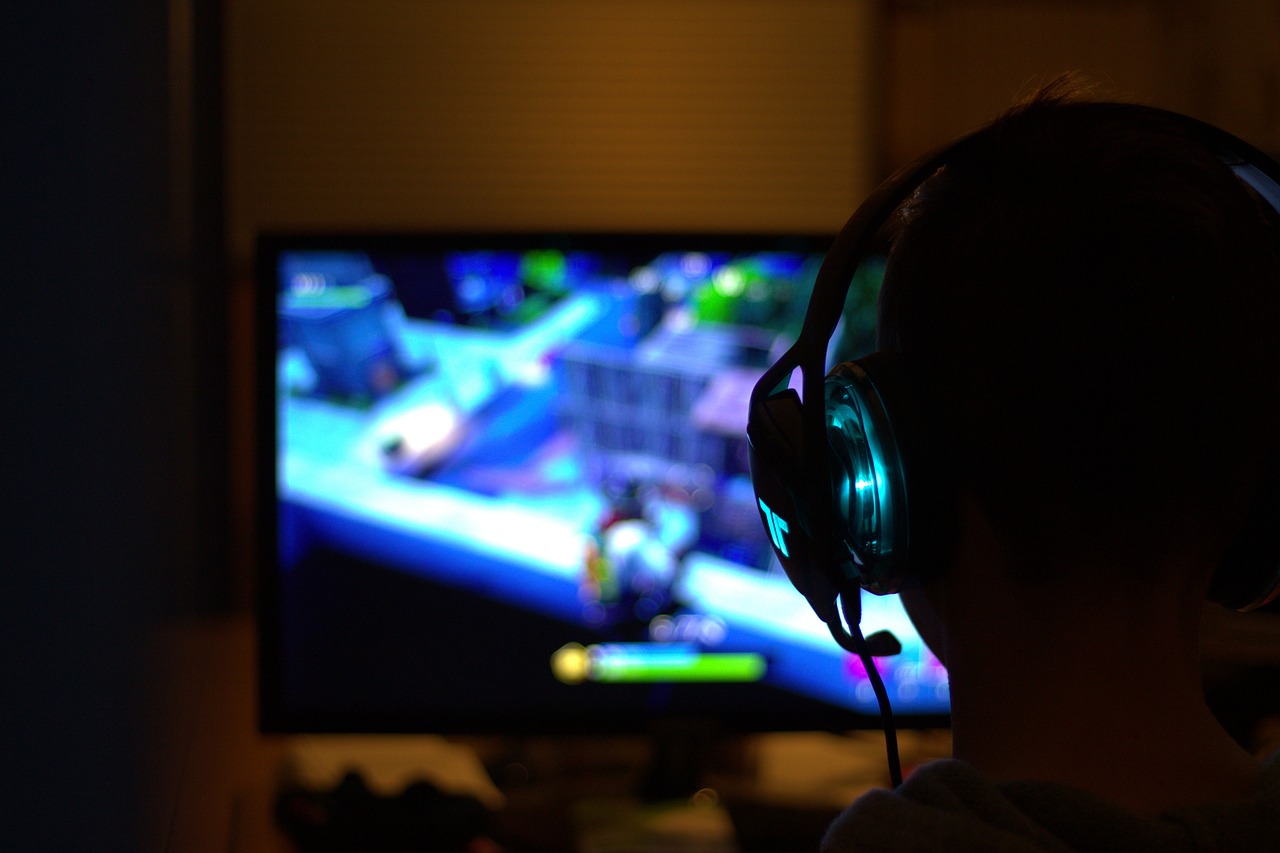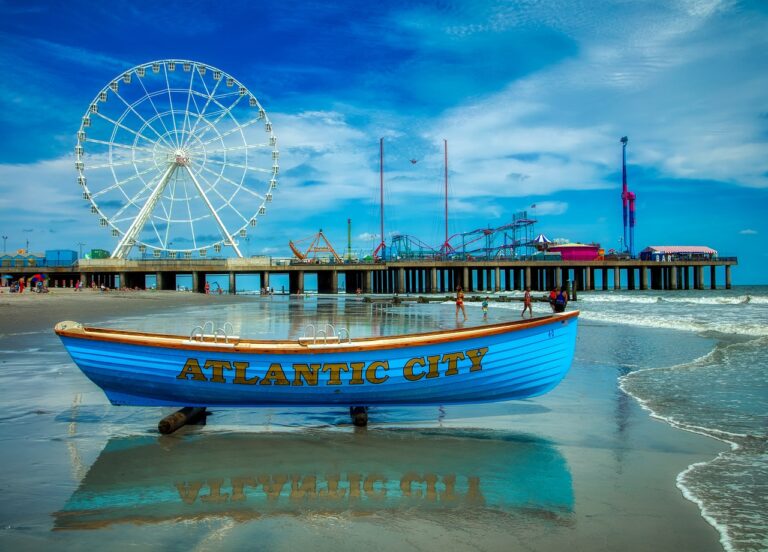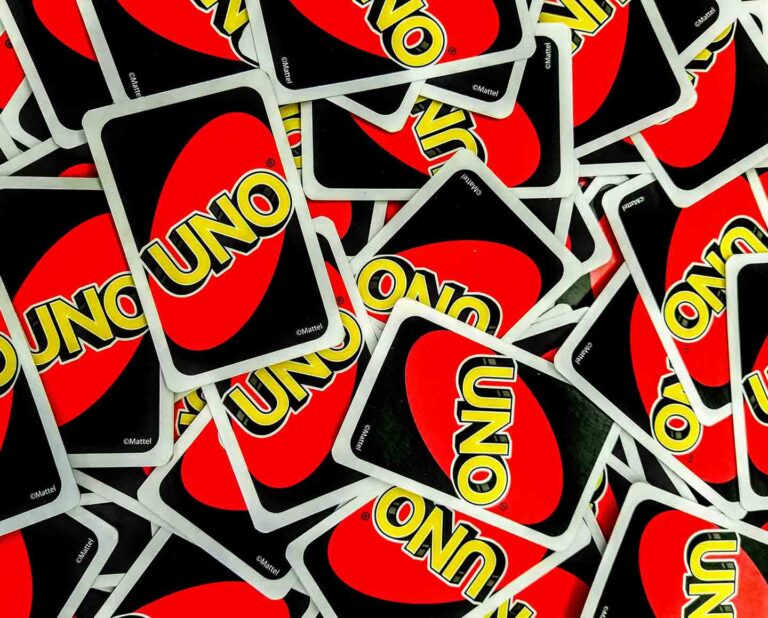From Concept to Final Product: The Lifecycle of a Game Art Development in Room 8 Studio
The intricate journey of crafting a video game spans a canvas of months, sometimes extending across multiple years.
Within this expansive landscape, Room 8 Studio stands as a vanguard in the realm of game artistry, where the convergence of art, sound, narrative, and project management births enthralling gaming experiences. Their mastery traverses beyond mere programming, encapsulating the multifaceted facets that infuse vitality into each gaming opus. An indispensable facet of this development pilgrimage often involves collaborative partnerships with game art outsourcing studio.
Irrespective of your experience level in game art development — be it a seasoned practitioner or a neophyte — this comprehensive elucidation serves as a compass navigating through the myriad challenges and potentials entwined with the creation of your game.

Conceptualization
Idea Generation
The genesis of video game art lies in idea generation. At Room 8 Studio, it often starts with a spark – a concept, theme, or a burst of inspiration. This phase is a melting pot of creativity, where artists brainstorm and collaborate, drawing from various sources like mythology, history, science fiction, and even abstract concepts. The goal is to create a compelling narrative and world that players can immerse themselves in.
Also Read: Social Media Games That You Should Play
Initial Sketches and Art Concepts
The next step is bringing these ideas to life through initial sketches and art concepts. Artists at Room 8 Studio begin with rough drafts, which serve as the blueprint for the game’s visual style. These sketches are a critical part of the process, as they lay the groundwork for what will become the game’s unique artistic identity.
Pre-Production
Detailed Art Design
Transitioning from conceptualization to pre-production, artists refine their initial sketches, focusing on intricate details. It’s a stage where the broad strokes give way to the nuances of the game’s universe. Room 8 Studio’s artists pay meticulous attention to elements like character design, environmental settings, and thematic colors, ensuring each aspect aligns with the game’s overall vision.
Creating a Style Guide for Video Game Art
A style guide is vital for maintaining consistency throughout the game’s development. It acts as a handbook, outlining the visual standards and artistic direction. This guide is essential at Room 8 Studio, ensuring that every piece of art, whether a character model or a background texture, adheres to a unified aesthetic.
Production
Asset Creation
In the production phase, the creation of art assets takes center stage. This includes characters, environments, items, and more. Each asset is crafted with precision, contributing to the game’s visual narrative. At Room 8 Studio, the artists work tirelessly to ensure that these assets are not only visually stunning but also resonate with the game’s theme and story.
Integration of Art with Gameplay
Integrating art with gameplay is a crucial aspect of video game development. Room 8 Studio excels in ensuring a seamless blend between art and game mechanics. This integration is fundamental, as it impacts the player’s experience, making the game more immersive and engaging.
Iterative Development
Video game art development is an iterative process. It involves constant refining and tweaking based on feedback, technical requirements, and creative evolution. Room 8 Studio embraces this iterative nature, continually pushing the boundaries to enhance the visual appeal and functionality of their games.
Post-Production
Polishing and Optimization
In post-production, video game art undergoes polishing and optimization. This stage is about fine-tuning the art for performance and aesthetics, making sure it’s optimized for different platforms. Room 8 Studio’s artists and engineers work in tandem to ensure the game looks fantastic and runs smoothly across various devices.
Quality Assurance for Art
Quality assurance is critical in ensuring that the video game art meets the high standards set for the project. Room 8 Studio conducts thorough checks, examining every art asset for any inconsistencies or glitches, ensuring that the final product is nothing short of perfection.
Marketing and Release
Creating Promotional Art
The role of video game art extends beyond the game itself. Creating promotional materials like posters, trailers, and digital art is crucial in marketing the game. These materials capture the essence of the game, enticing potential players and setting the tone for what they can expect.
Launch
The impact of video game art on a game’s reception at launch is undeniable. A well-designed game with captivating art can significantly influence its initial success. Room 8 Studio understands this, striving to create art that leaves a lasting impression on players from the moment of launch.
Post-Launch
Updates and DLCs
Video game art plays a significant role in post-launch updates and downloadable content (DLC). These additions keep the game fresh and engaging, offering new visual experiences for players. Room 8 Studio continues to innovate, adding artistic elements that enhance the gaming experience.
Community Engagement
Engaging with the gaming community is essential. Room 8 Studio actively interacts with its audience, discussing video game art and its evolution. This engagement not only fosters a deeper connection with players but also provides valuable feedback for future projects.
Also Read: 8 Online Video Games Like Uno to Play With Your Friends
Conclusion
Reflection on the Lifecycle
Reflecting on the lifecycle of video game art at Room 8 Studio, it’s clear that each stage, from conceptualization to post-launch, is pivotal. The journey of transforming a concept into a visually stunning game is both complex and rewarding.
Future Trends in Video Game Art
Looking ahead, the future of video game art is bright and full of possibilities. Innovations in technology and changing player preferences will continue to shape the art creation process at Room 8 Studio. Embracing these changes, the studio is poised to continue pushing the boundaries of what video game art can be.
In conclusion, the art in video games is a dynamic and evolving element, crucial in defining the gaming experience. At Room 8 Studio, the journey from concept to final product is a testament to the creativity, skill, and dedication of its artists, ensuring each game is not just played but experienced.






